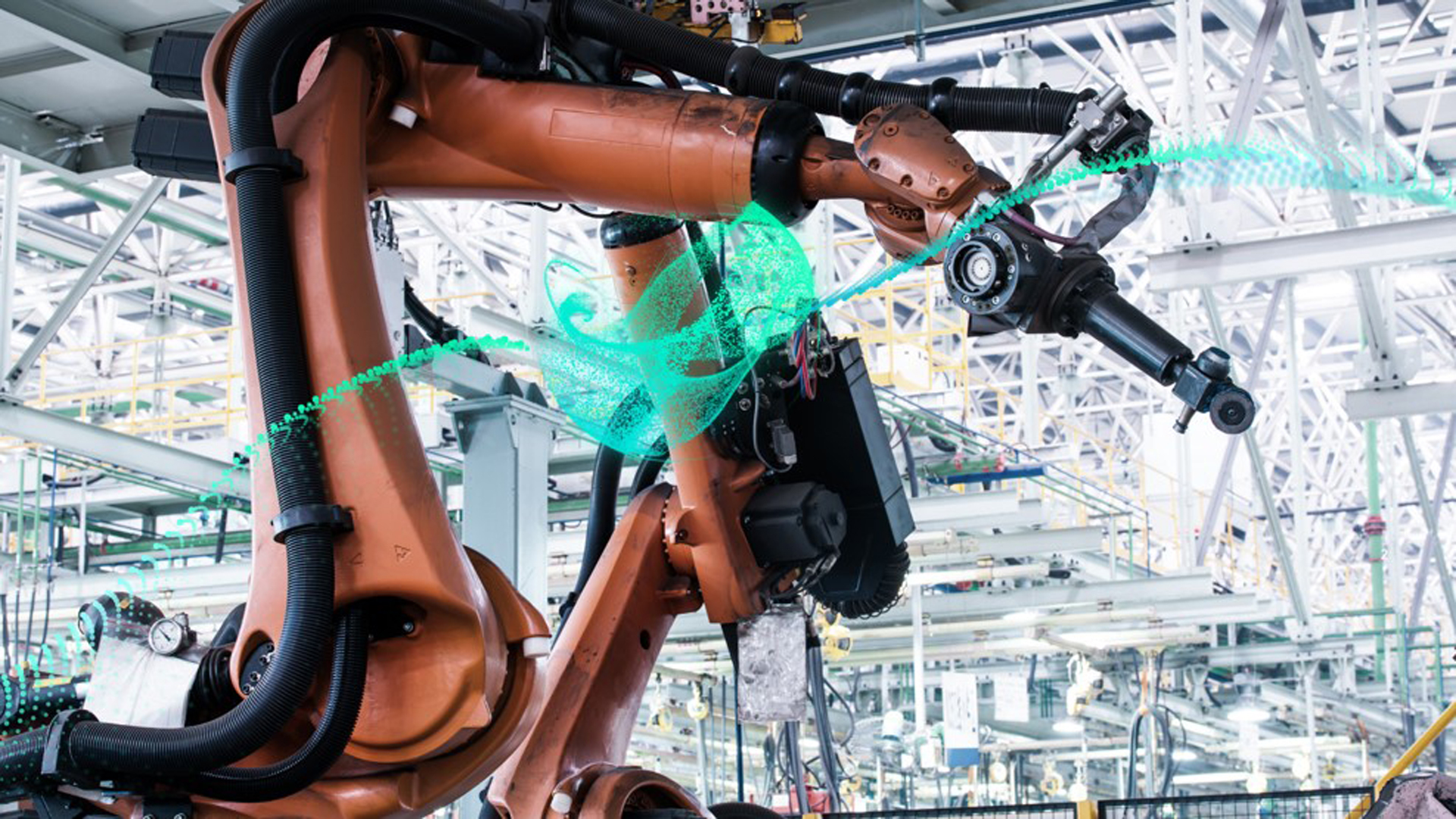The 3 key pieces of PLM for Machine Builders

Product Lifecycle Management (PLM) software organizes information, processes, business systems and people in a single location.
Every industry and business has their own unique needs, and PLM for Machine Builders focuses solely on machine builders designing and manufacturing complex, specialized machines.
This tailor-made solution from Siemens is built on three main pieces: project, process and requirements management; machine configuration and reuse; and blended ETO/CTO (engineer-to-order/configure-to-order).
Watch the complete PLM for Machine Builders webinar by clicking the button below.
Project, process and requirements management
Project delays and cost overruns can often be attributed to inefficient planning, project execution or both.
PLM connects every stakeholder and streamlines project execution with automated best practices.
Better visibility and traceability of every deliverable leads to faster time to market, increased profitability and a significant time savings.
This short webinar clip discusses how PLM for Machine Builders has improved project, process and requirements management.
Machine configuration and reuse tools
These tools help engineers work more efficiently by making it easier to find the right configurations and bill of material information quickly.
Users can source, clone and manage structures and CAD documents to produce more machines more quickly.
PLM for Machine Builders stores and manages design information with transparency, allowing necessary stakeholders to see how a design changes over time and why.
See how PLM for Machine Builders saves time with machine configuration and reuse in this short webinar clip.
Blended ETO/CTO functionality
Machine builders who adopt a modular approach to engineering can select and lightly customize their modules and immediately store project data and bill of materials (BOM) information.
This information can be reused across projects of similar scope, future builds get streamlined and repetitive tasks can be automated, accelerating time to market.
And lastly, when machines get proven in the field, machine builders can more accurately quote more orders and expand profitability.
See just how important blended ETO/CTO functionality is for accurate BOM management in this short webinar clip.
Go more in-depth with PLM for Machine Builders
This brief introduction to PLM for Machine Builders has only touched on a few of its features and benefits.
The complete on-demand 30-minute webinar takes a closer look at how to get started with PLM, the advantages and disadvantages of using PLM in the cloud, the three pillars of PLM for Machine Builders, and demonstrations of how the software works in multiple scenarios for different users.
Here’s a small teaser of what you can expect.
Learn more about PLM for Machine Builders in this ebook or try a free 30-day trial.

